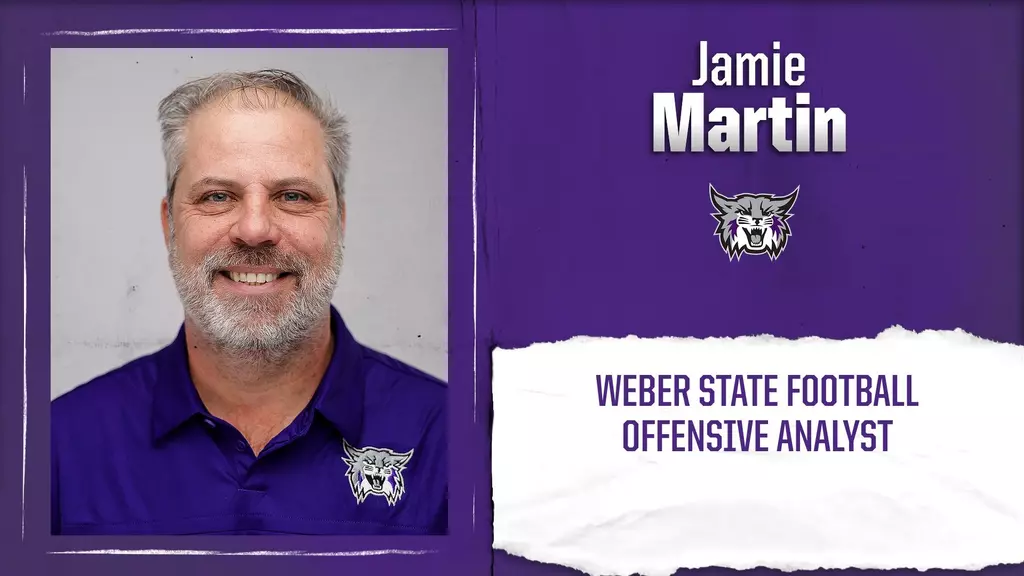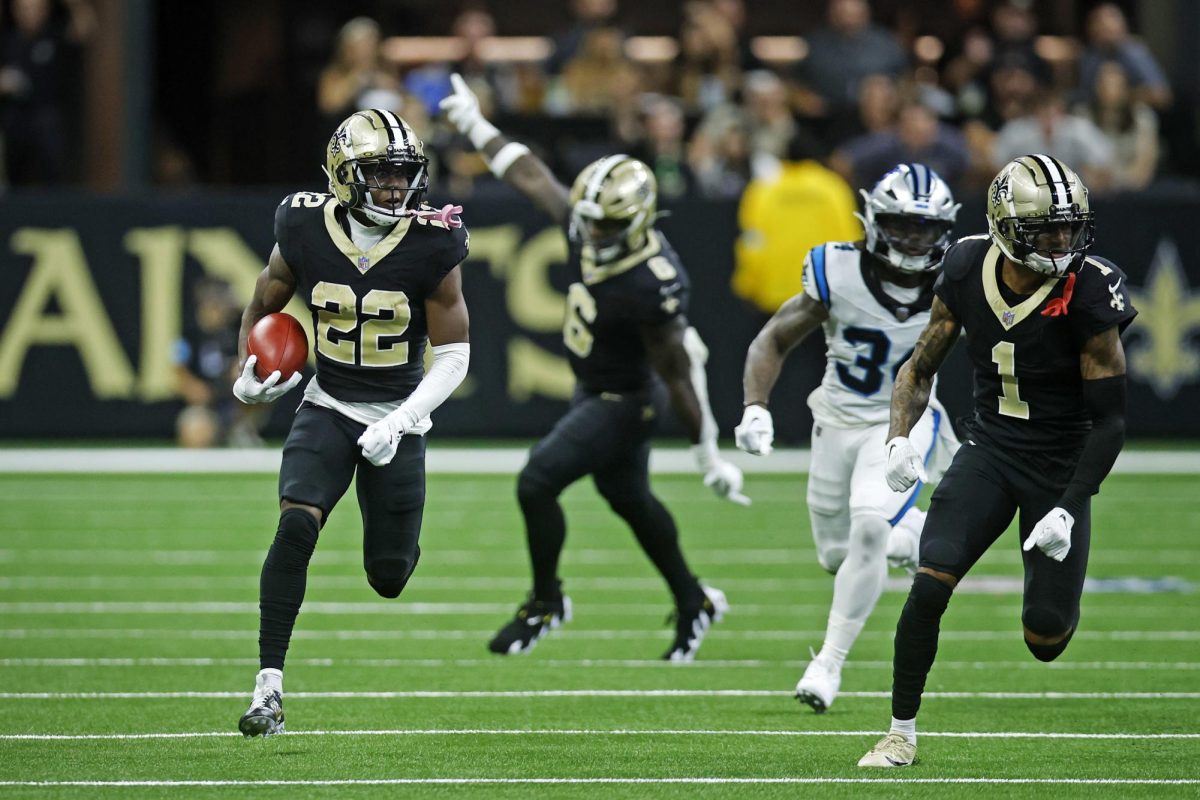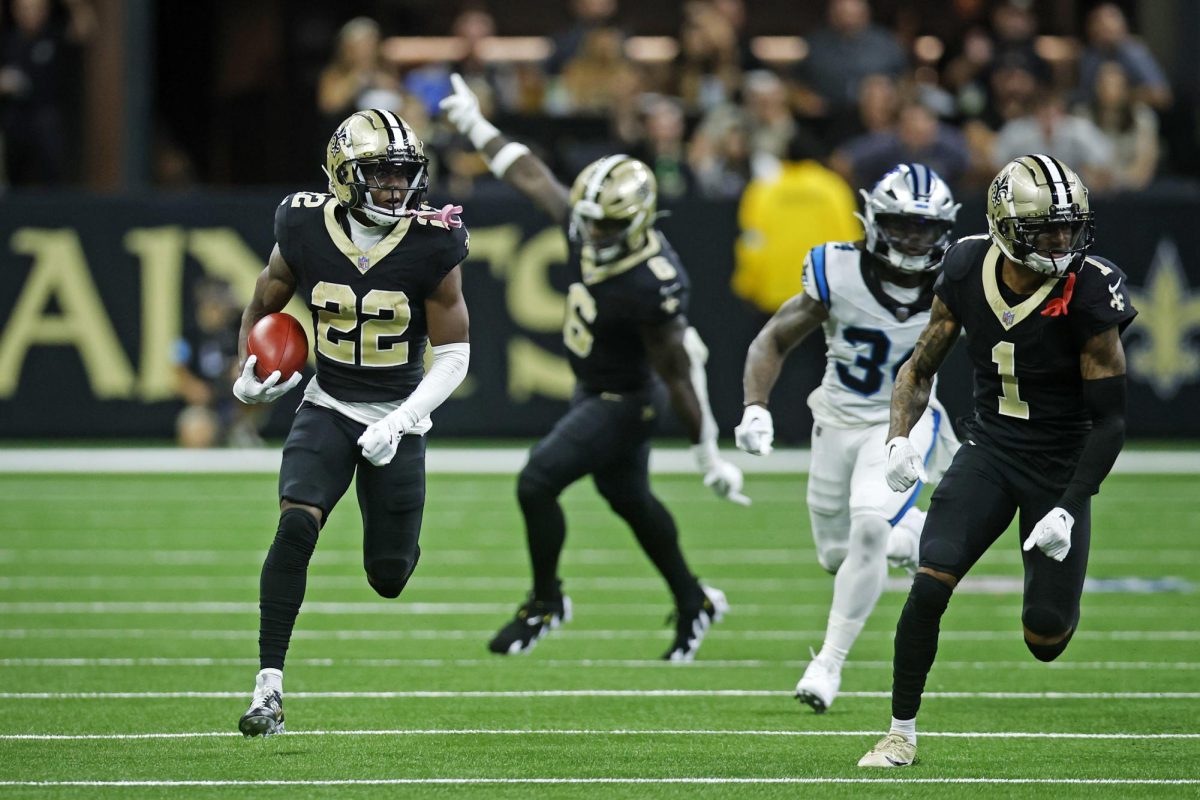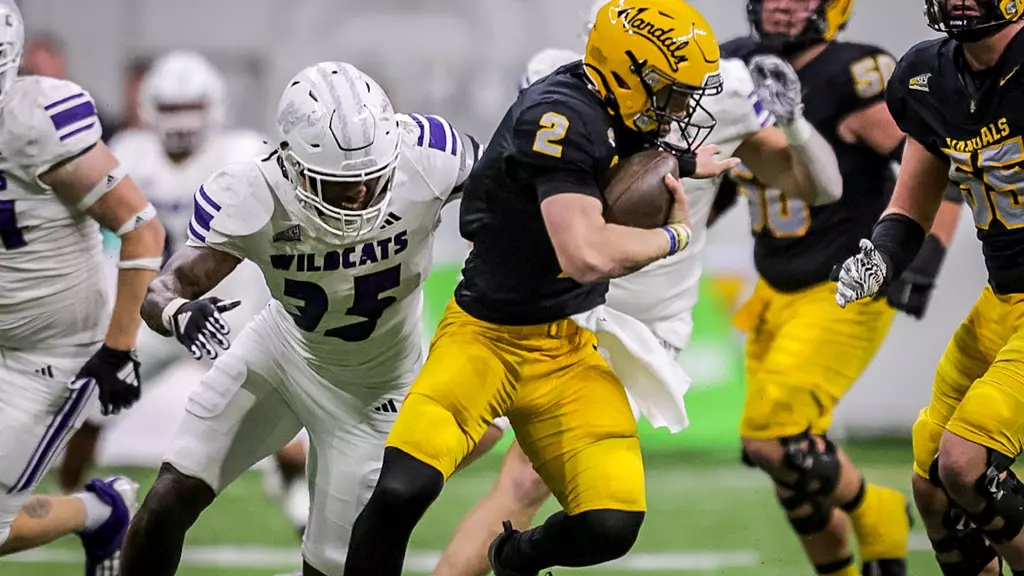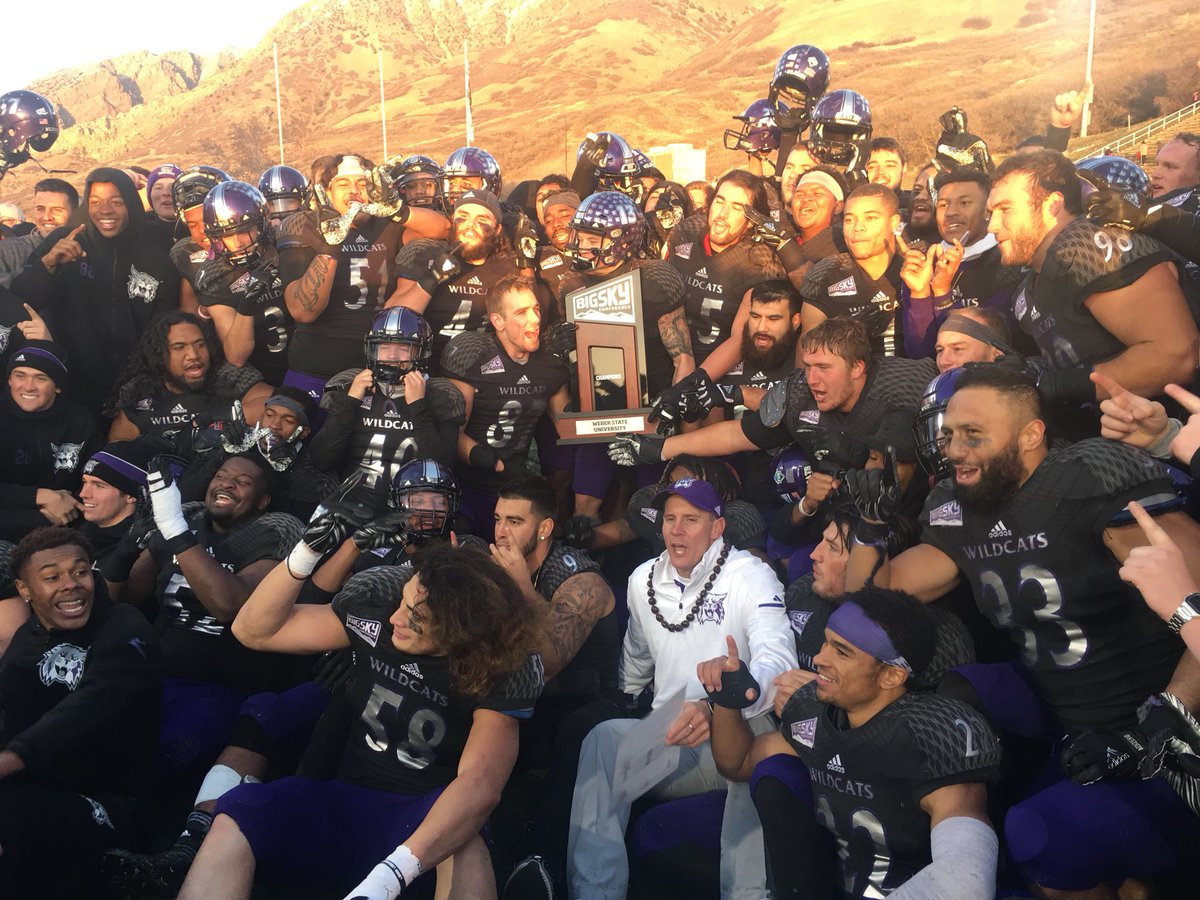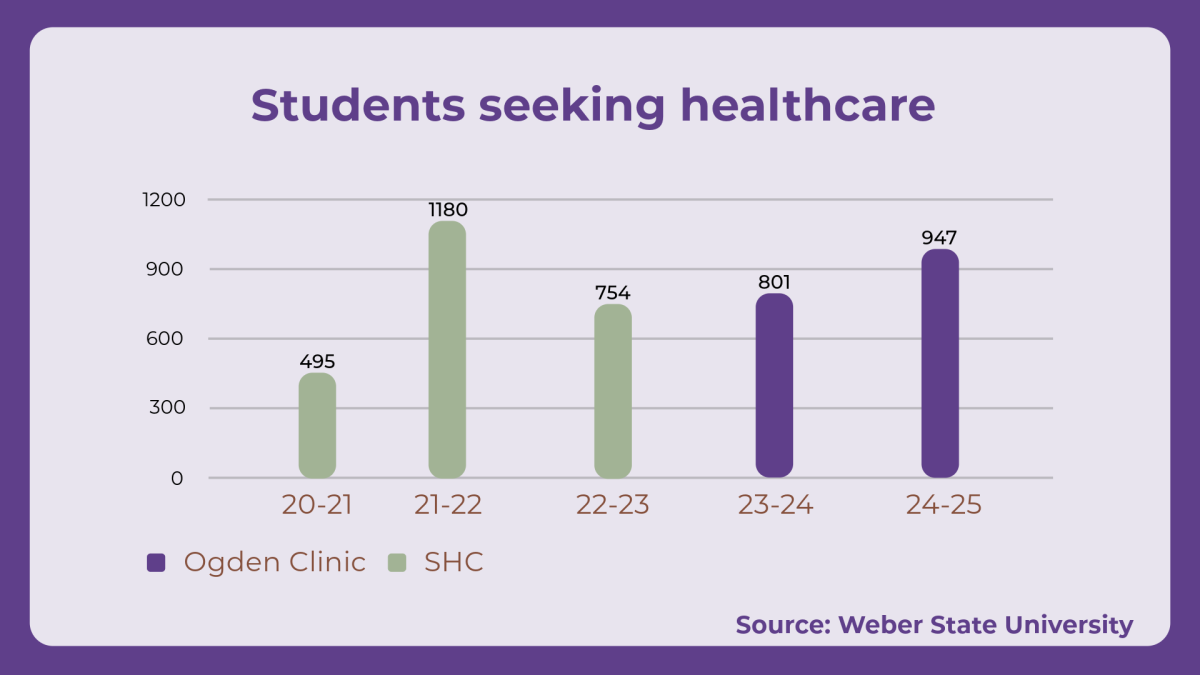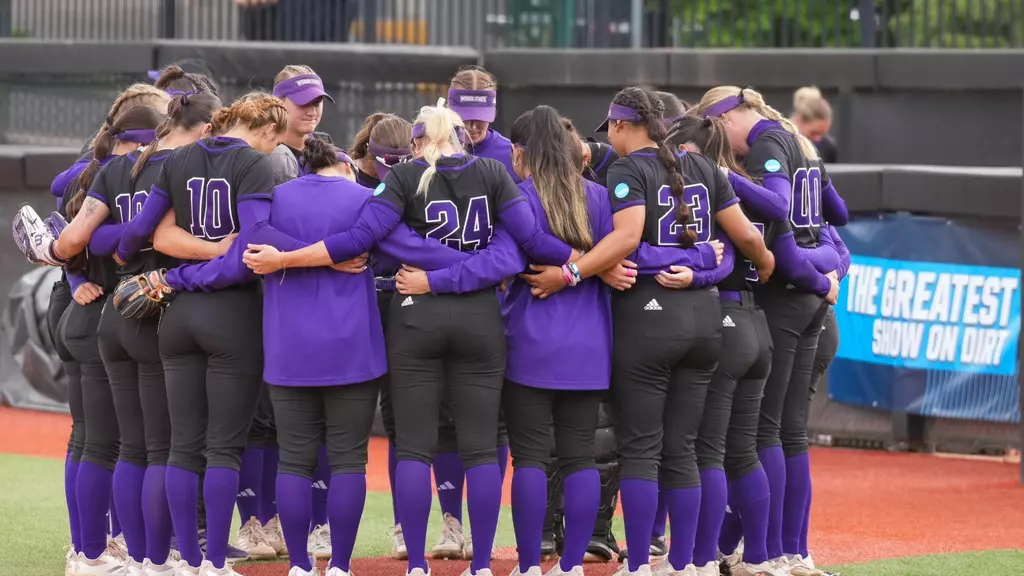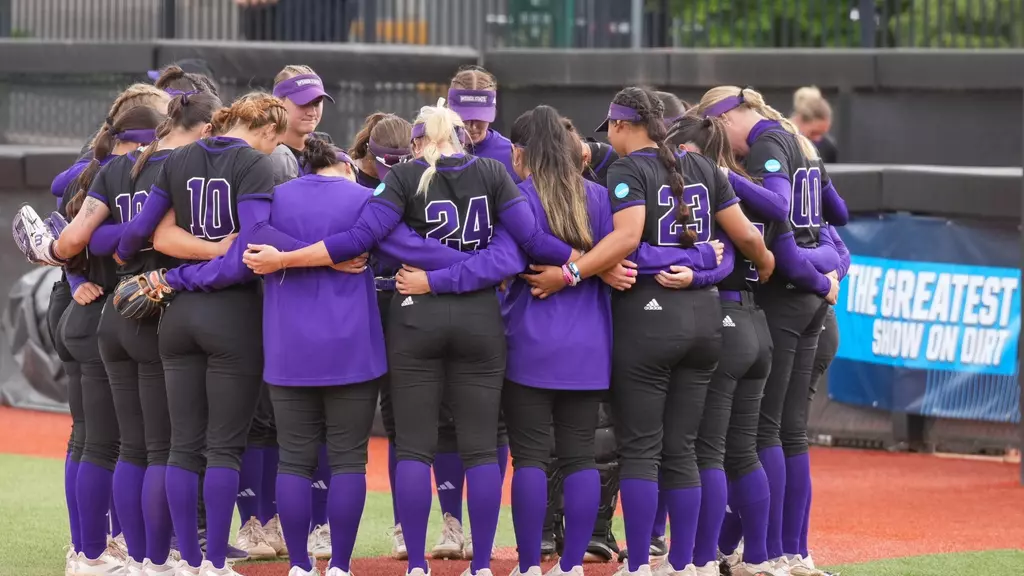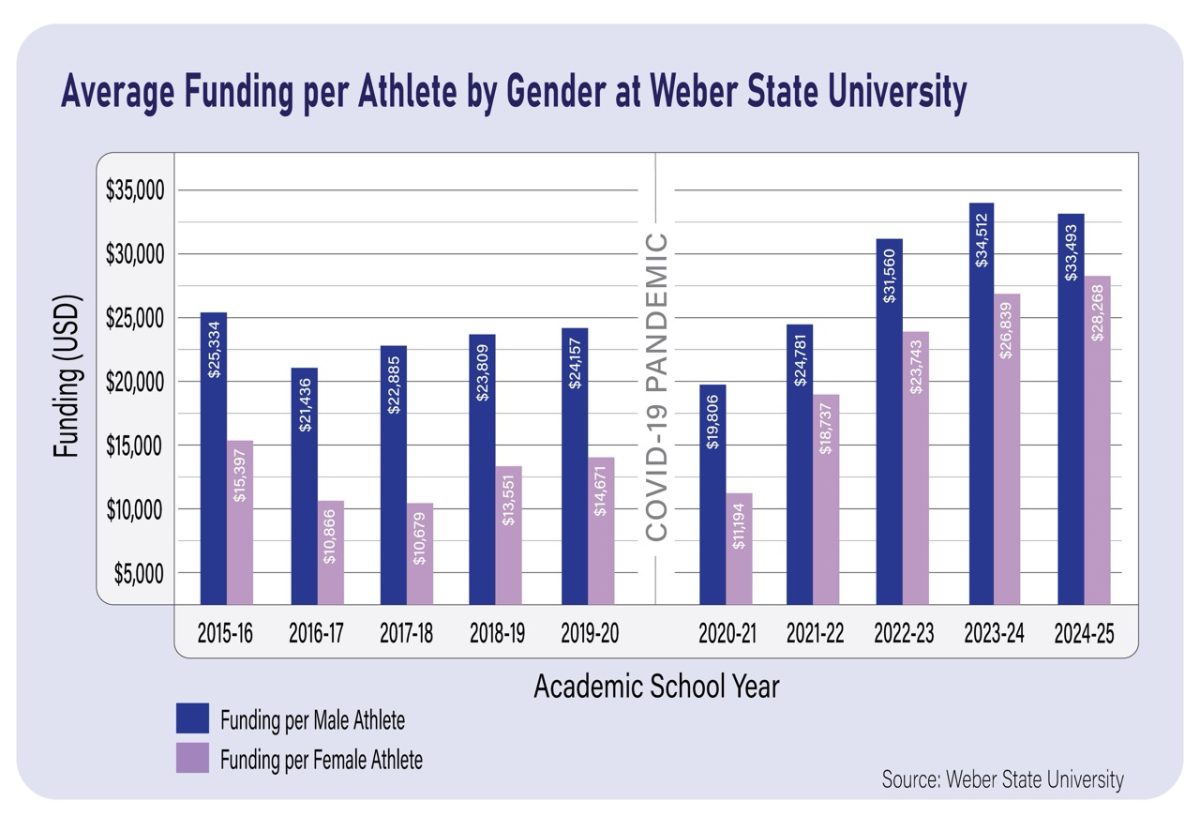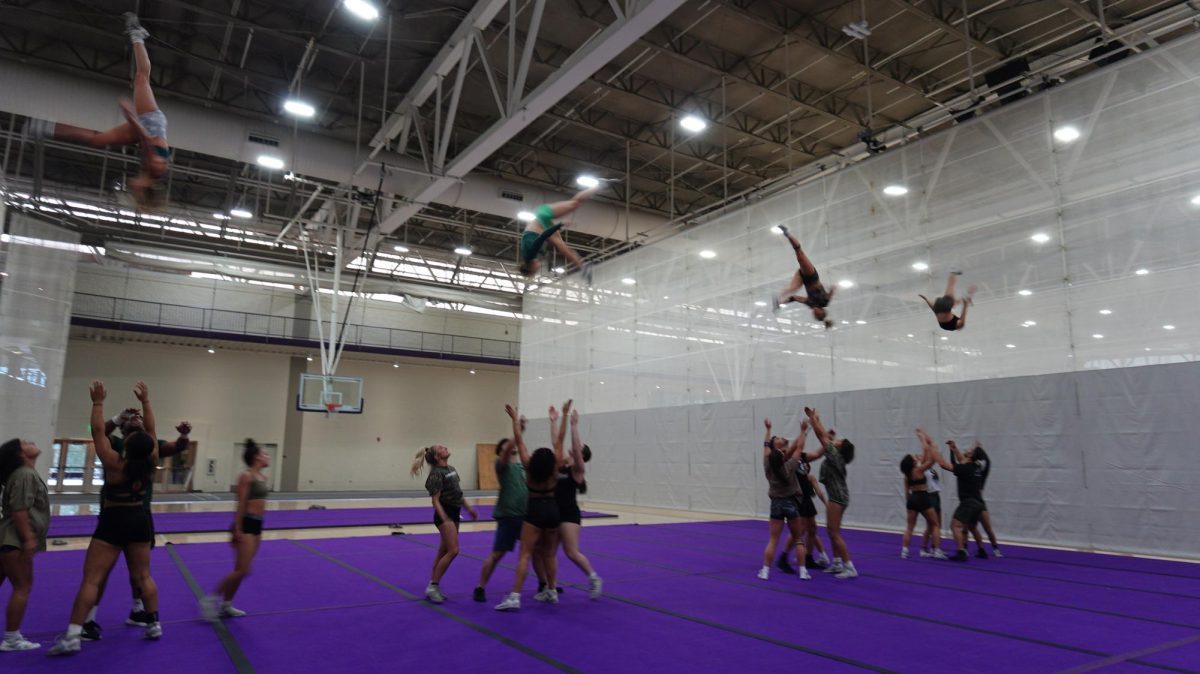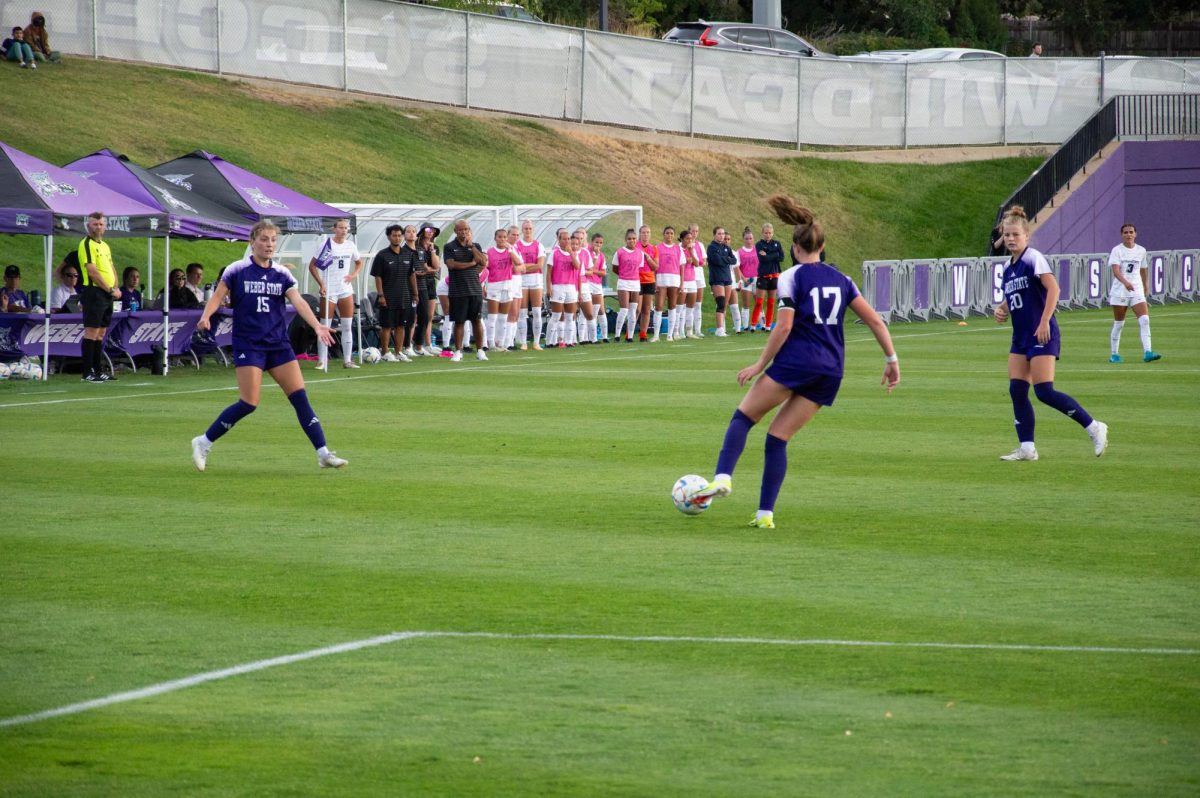
Southern Utah University quarterback Mike Sharp gets tackled in a game against Weber State University. Head collisions are a major concern for football programs.
Head injuries are the biggest issue facing the game of football. Millions of dollars are being invested in finding a solution to concussions, or at least a way to cut down on them.
“A concussion is a traumatic brain injury,” said Weber State University head athletic trainer Joel Bass. “It alters the way the brain functions. Some people think that you need to be hit in the head to get a concussion, but not necessarily. Just your head being yanked in one direction or the other can cause a concussion.”
Head injuries have come under the microscope in recent years, especially after some 4,500 former NFL players won a lawsuit against the NFL in 2013 for the organization not warning them of the long-term effects of head injuries.
WSU has its own policies and procedures in place for dealing with players who have concussions. As the years have passed, the precautions have become greater.

Weber State University senior Chris Wheeler makes a tackle after losing his helmet in a game against Utah State University. New technologies are being developed to make helmets safer.
“The players know if they are feeling concussion-like symptoms — they are nauseated, they can’t remember plays, the lights are irritating them, any kinds of symptoms that we think are concussions — they go see the trainers immediately,” said WSU head football coach Jay Hill.
Once a player is diagnosed with a concussion, that player is not allowed to participate until he or she is fully recovered.
“Concussions come from the trainers, as far as whether they can practice, whether they can’t practice,” Hill said. “They have an absolute protocol. They are always going to protect the player first. Once they feel like all symptoms and everything are gone, they will give them an extra day just to make sure everything is cleared up.”
While the dangers of concussions can happen on any play during the game, they aren’t necessarily on the mind of players when they are in the moment. WSU starting quarterback Austin Chipoletti said he had a concussion in high school, but the fear of another hit doesn’t go through his mind on the field.

Montana State University tight end Tiai Salanoa gets tackled in a game against Weber State University. The use of proper tackling techniques can limit concussions.
“I think, at the quarterback position, that has to be the least of your worries,” Chipoletti said. “Out there you have 11 guys that are flying around trying to hit you. You have to stand in there and make throws and put your body in positions that it doesn’t want to be in.”
Bass weighed in on the changes he has seen as to how concussions are viewed in his 24 years as an athletic trainer. As information about head injuries has become clearer, the protocols have changed.
“Initially, years ago, we used different scales,” Bass said. “They’ve evolved over the years, because the information that we’d received over the years was that there were no long-term effects that were created as a result of a concussion. We know that to not be the fact now. There are some long-term effects that can result, so we take it much more serious.”
Bass said WSU has been ahead of other universities in concussion policies and precautions. One of the reasons for this is that Bass himself has had a concussion.
“I’ve always been a little sensitive to concussions,” Bass said. “I’ve personally have been involved myself with concussions and have been affected over the years. We’ve always been on the conservative side here at Weber. All the new guidelines, all the recognition that concussions are receiving has just fallen in our lane. We’ve been doing this for years and years.”

The Weber State University defense makes a tackle in a game against Stephen F. Austin State University. Players are taught not to use their helmet as a weapon on the field.
Bass also said concussions are preventable. Players are taught the symptoms of concussions every season. Also, certain injuries that can lead to concussions, such as repeated non-concussive head injuries, are taken seriously. Bass said players can learn to protect themselves on the field.
“There are some things that can be done to prevent concussions — proper technique in tackling, proper mentality on whether to use your head as a weapon,” he said, “(and) also having proper equipment, having it inspected regularly, making sure that if we are part of a sport that uses a helmet, that we make sure that helmet is being inspected and that it is functioning properly.”
Continued research and new technologies are now being developed to help prevent injuries.
@MarcusAJensen


